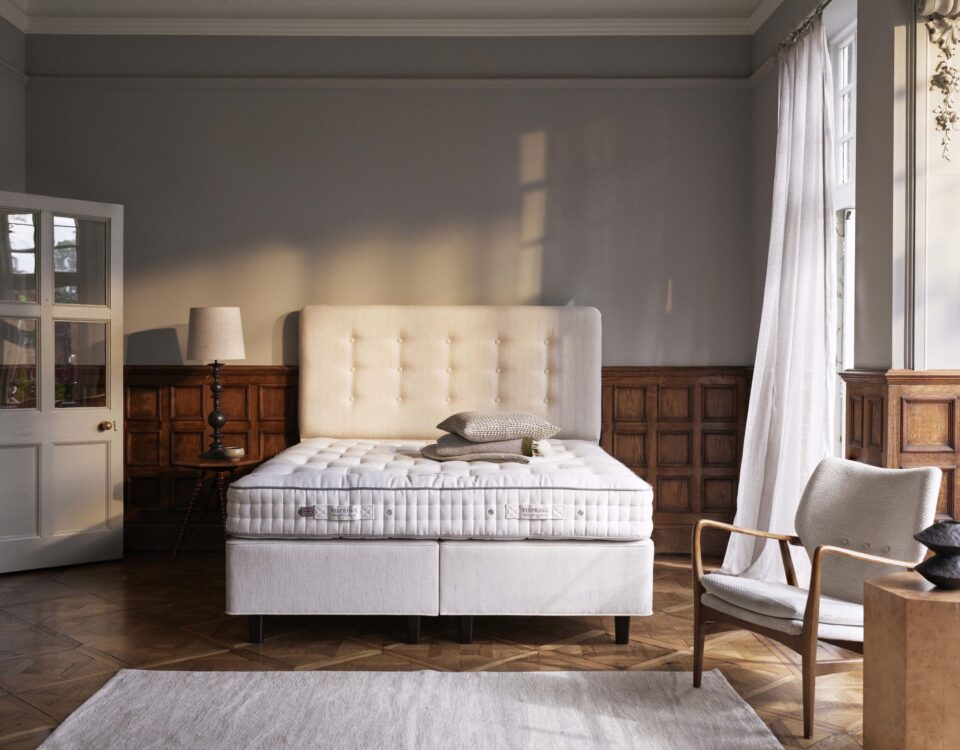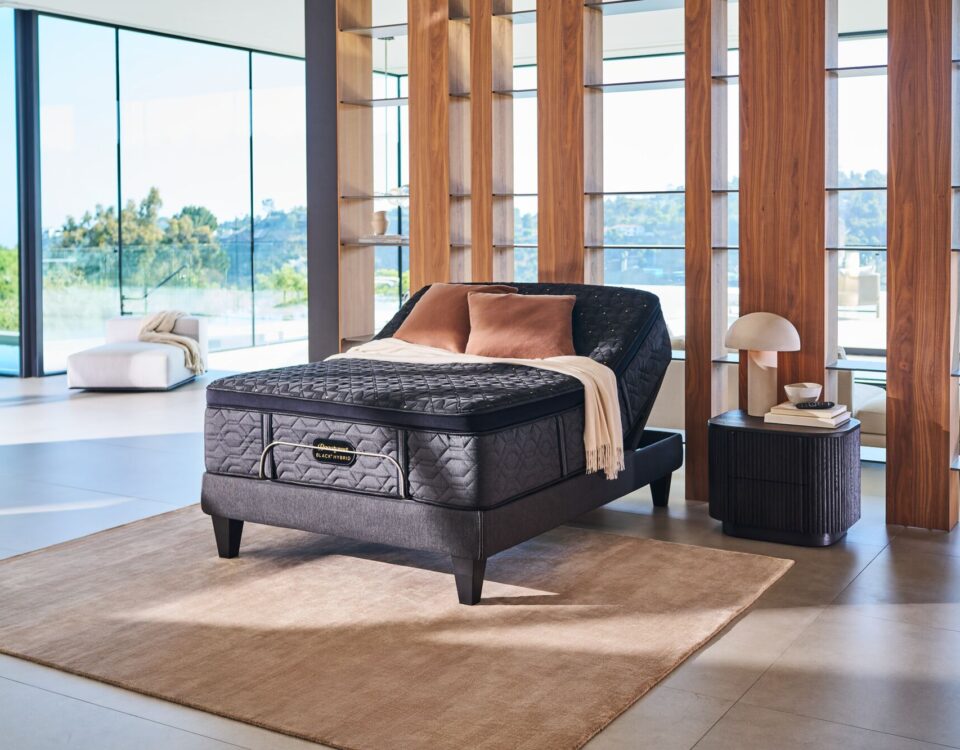The Benefits of Mattress Recycling
It’s about that time. Your bed is sinking in the middle, the pillowtop you once loved just isn’t what it used to be and you are consistently waking up around 3:00 in the morning. It may be time to break up with your mattress. But, before you can do that, another issue must be resolved: what to do with the mattress you already have?
While dropping it off at the junk yard is an option, it may not be the best option. Mattresses are in fact surprisingly recyclable. Not only are most mattress materials made of recycled or renewable products, but when they are broken down, many of the components of mattresses can be recycled again. A few include:
- Steel Innersprings: according to ISPA, the “Voice of the Mattress Industry,” most of the materials used in these Innersprings are composed of recycled steel material. As soon as the rest of the mattress is discarded, these springs can be recycled again.
- Mattress Foam: the foam used in mattresses is often made of organic materials such as soy, castor beans, and other natural oil sources. In addition, most latex foams are composed of plant-based latex, a renewable source of latex. These foams can be ground up and recycled into a variety of useful things such as the padding under wall-to-wall carpet.
- Foundation/box-spring wood: the wood used in the foundation and box spring of your mattress is generally composed of the discarded wood of non-endangered tree species from renewable forests. ISPA explains that, “no trees are cut just to make box-spring/foundation wood. In fact, the trees are cut to make construction lumber (for homes and other buildings) and pulp for paper making. The wood used for box-springs/foundations is then made from those parts of a tree that cannot be used for construction lumber” (Uses for Old Mattress Components). Once recycled, this wood has many uses ranging frombiomass fuel to animal bedding.
- Fabrics: most of the fabrics used in mattresses are composed of renewable plant and animal fibers. These include cotton, wool, silk, and even rayon, which is made from cellulosic plant fibers.
Mattress recycling is a great way to help the environment and rid yourself of a weighty, expensive, and space-consuming object. So, next time you’re in the market for a new mattress, consider recycling your old one. Visit www.sleepproducts.org, and click on ISPA Earth to find out if you have a mattress recycler in your area. Chances are that if you do not have one yet, you will have one in the future, so keep an eye out.
Recycling pillows is pretty simple as well. While most thrift stores won’t accept pillows due to their personal nature, animal shelters are often in need of pillows for the animals. There are also many useful online tutorials on how to turn your own pillows into pet beds.
Once you’ve figured out how to dispose of your old mattress, it’s probably time for a new one. At Sleep City, we are committed to helping you find the perfect mattress to match or even improve on the old one. Be sure to visit our mattress shopping guide, and read our guide to online mattress shopping for suggestions.
Cheers and sleep well.




